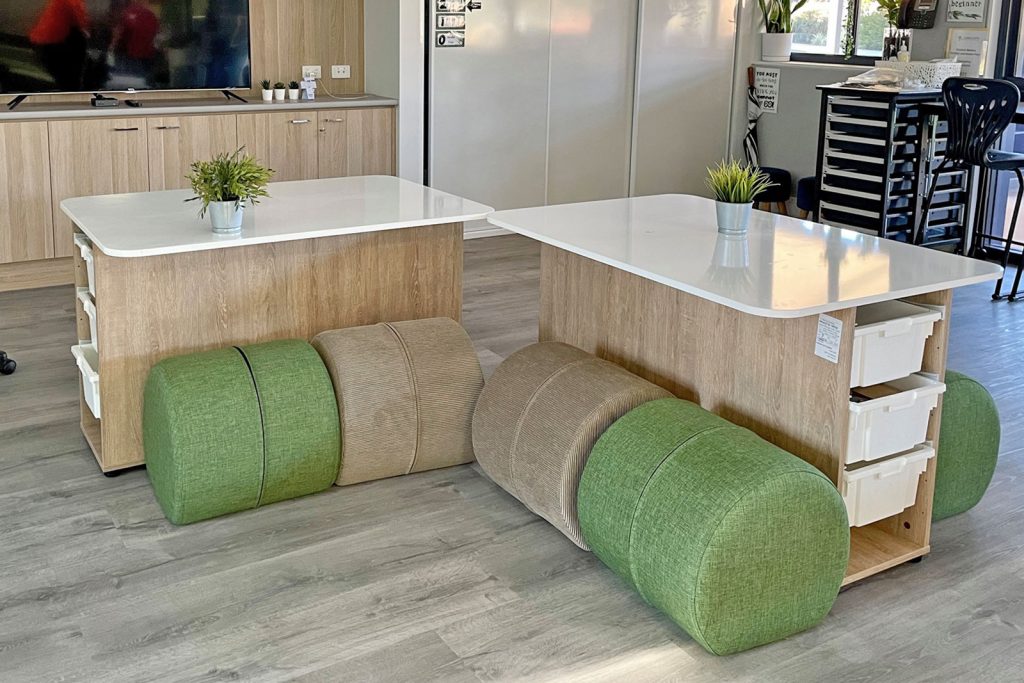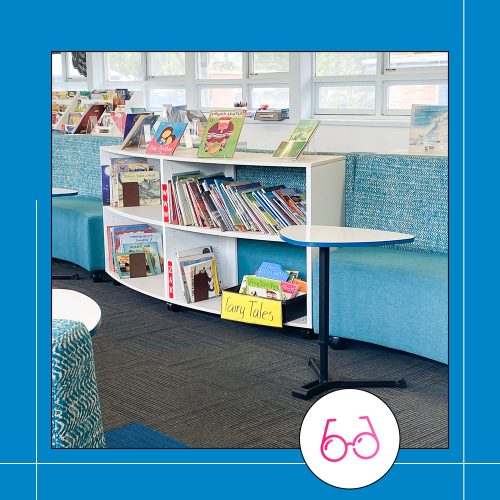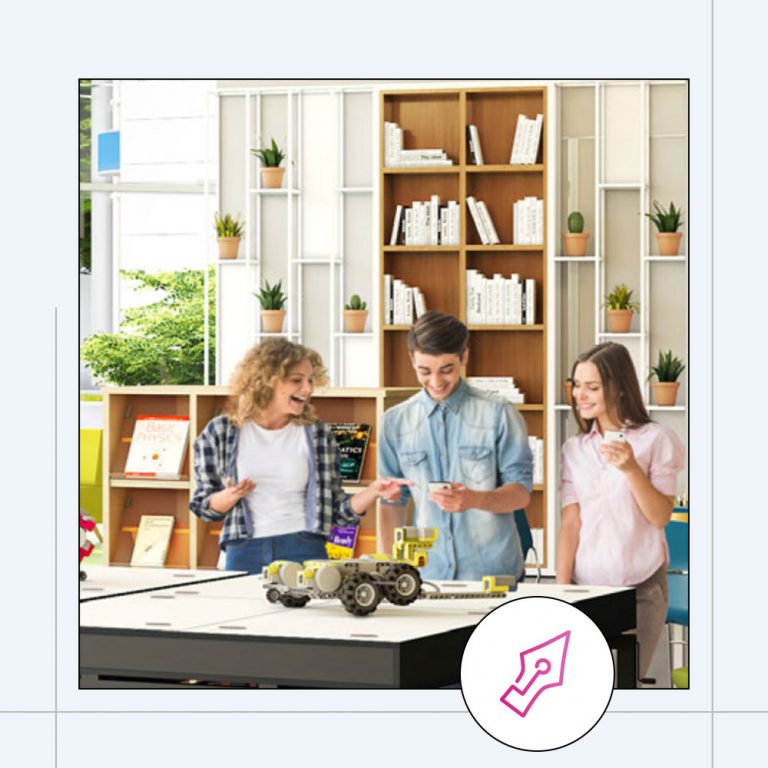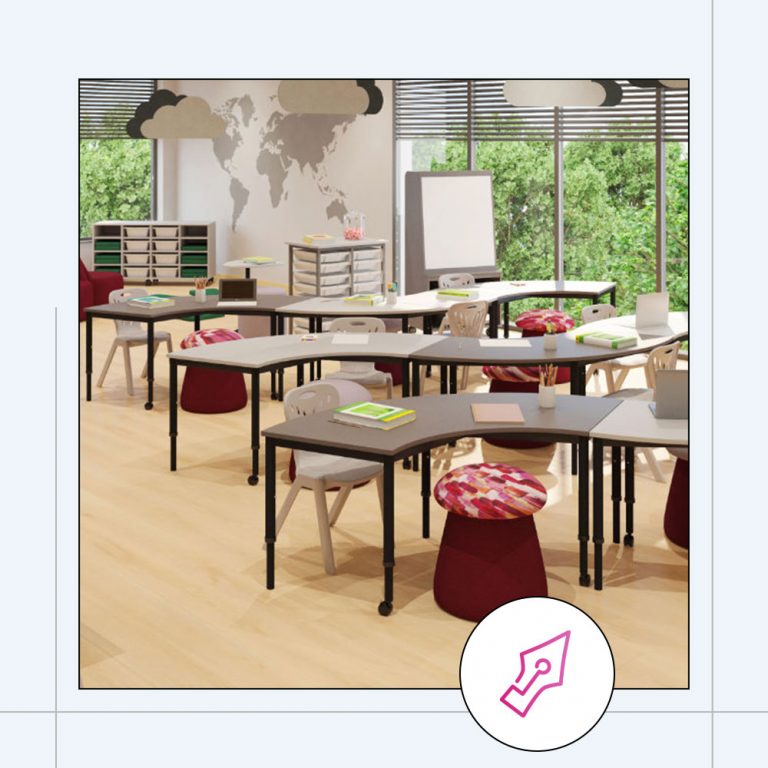Like thousands of teachers Australia-wide, you probably spend time channelling your inner Queen of Clean- Marie Kondo, before the start of the school year.
Then the students arrive: their work fills the room, the clutter piles up and your classroom shrinks before your eyes.
Arranging your classroom into a tidy, easy-to-manage learning environment requires excellent organisational skills, creativity, and most importantly, supporting smart storage solutions.
Today’s smart storage options can reduce distracting messes while optimising the space you do have and becoming a valuable tool to support learning experiences.
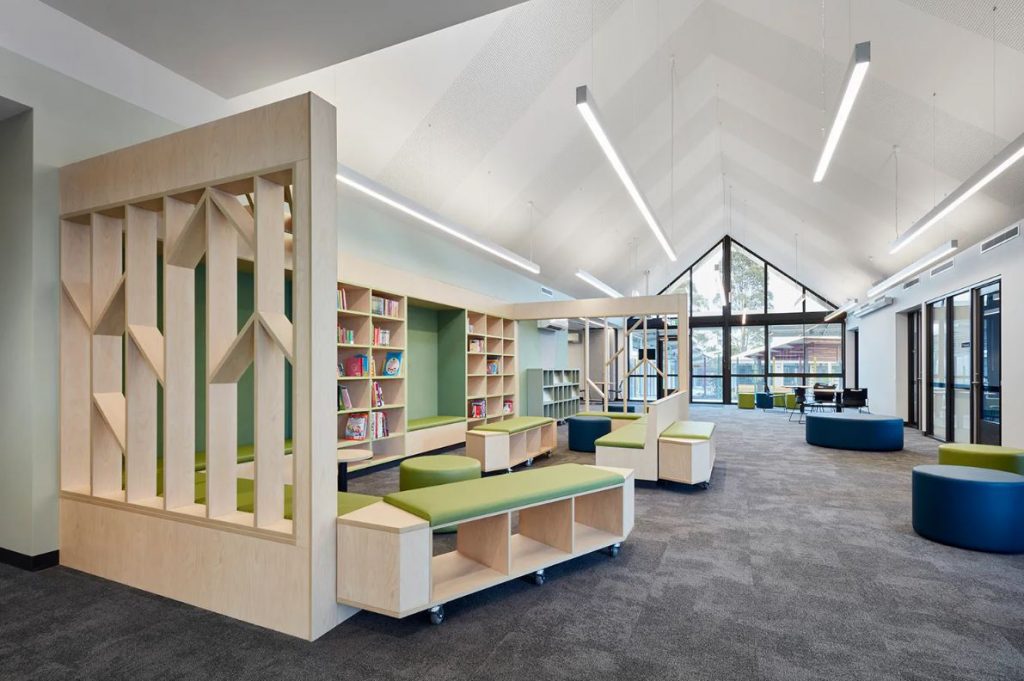
How storage can enhance your classroom
Clever multi-purpose and space-saving solutions can meet the needs of today’s open, flexible, and dynamic classrooms by:
- Maximising your existing floor space. Smart compact storage with wheels is a must-have for optimising your classroom space. Not only can you store things out of sight to visually open your space, but you’ll also have extra floorspace when you want students to move around or sit down for focused learning.
- Agile learning stations that support new teaching methods. As new modes of teaching like flipped learning and project-based learning become more popular, paper is giving way to hands-on activities. Agile units with castors and integrated storage are excellent for organising resources and can also be used as learning stations for hands-on activities or labs. Mobile drawers or shelving units can be nested under desks to store items for art, technology, design and robotics activities.
- Enhance learning environments: Students learn better when they are in a comfortable, inspiring space, and smart storage plays a role in that. Reading corners are often furnished with colourful and comfortable seating and in-built bookshelves. A more contemporary option is agile smart storage units that are designed to complement modular seating and lounges. These give students the option to configure their learning environment so it works for them. These multi-purpose storage and furniture designs are also perfectly suited as room dividers, so teachers can create different learning zones.
Types of smart classroom storage
There are two basic categories:
- Teacher specific storage: this includes open shelving for items that need to be easily accessible, closed storage – like drawers or cupboards with roller shutters or doors – to keep distracting or messy items like art materials, mobile phones, cords and cables out of the way, and lockable storage for confidential or dangerous materials like cleaning substances or items for science lessons.
- Student specific storage: this type is at student height and empowers them to access and put away their personal items, learning materials and educational resources. This includes bookshelves, art drying racks, tote units, lockers, or sensory tables with built-in tubs.
There’s a huge variety of storage options and storage-friendly furniture available now. Be sure to look out for these clever combinations:
- Furniture that combines storage with whiteboards: Incorporating whiteboards into storage not only gives you extra space for materials and extra wall space for teaching but enhances student experience and supports new teaching methods. There are many ways you can add whiteboards to storage units including cupboard fronts, storage unit backs, sliding doors or unit tops.
- Incorporate storage to make your furniture multi-purpose: Many furniture items have optional storage solutions. Furniture can be made more cost effective and space saving by adding storage. It’s worth considering teacher stations with plenty of drawers and shelves in various sizes, and furniture that combines seating with storage drawers and bookshelves. Designs that combine comfortable seating pods with bookshelves on one side and pull-out drawers underneath can be a great addition to a learning space.
The main takeaway is to think imaginatively about what you can use as storage, use multi-purpose furniture and furniture-storage combinations wherever possible to optimise your space, and keep your everything on castors for flexibility. The clarity and sense of calm you get from making the effort will make it all worthwhile for you and your students.
